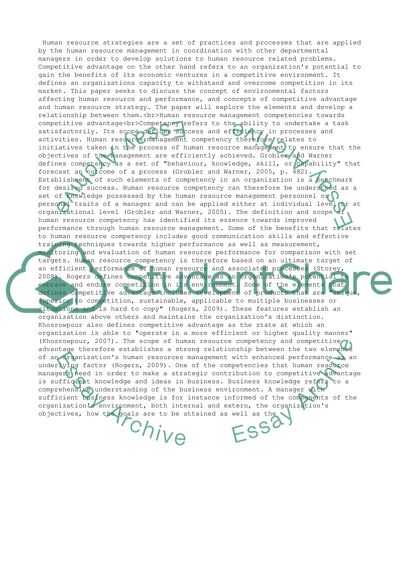Cite this document
(“Competitive Advantage And Human Resource Strategy Essay”, n.d.)
Retrieved from https://studentshare.org/management/1396914-competitive-advantage-and-human-resource-strategy
Retrieved from https://studentshare.org/management/1396914-competitive-advantage-and-human-resource-strategy
(Competitive Advantage And Human Resource Strategy Essay)
https://studentshare.org/management/1396914-competitive-advantage-and-human-resource-strategy.
https://studentshare.org/management/1396914-competitive-advantage-and-human-resource-strategy.
“Competitive Advantage And Human Resource Strategy Essay”, n.d. https://studentshare.org/management/1396914-competitive-advantage-and-human-resource-strategy.


